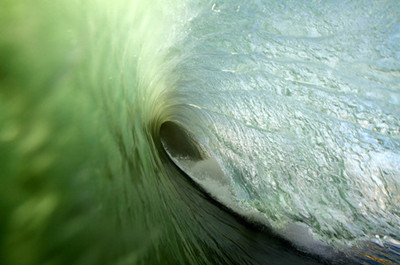
Seismologists spend a lot of time listening to the earth. Ocean acoustic monitors have been providing information on the earth's vibrations since the 1930's. But there are other sounds those monitors pick up as well, for instance those of waves and choppy waters. These sounds are usually considered just noise and are filtered out of the equation.
But researchers now realize that paying attention to what was previously considered noise can help monitor global climate change. That's according to a study in a recent issue of the journal Science.
In shallow coastal waters, the breaking waves directly hit the ground and cause vibrations. In deeper waters, waves traveling in nearly opposite directions create a pulse that travels all the way to the ocean floor and causes new vibrations that can travel long distances.
An 80-year archive of acoustic information already exists. The length, stability and regularity give these data a leg up over a sometimes spotty historical scientific climate record. Another tool to understand more about our changing climate.
科学家手上掌握着近80年来的海洋噪音信息档案,其记录的持续性、稳定性及规律性都使得这些数据能够弥补其它气象资料的不足,是科学家们研究气候变化的第一手资料。












